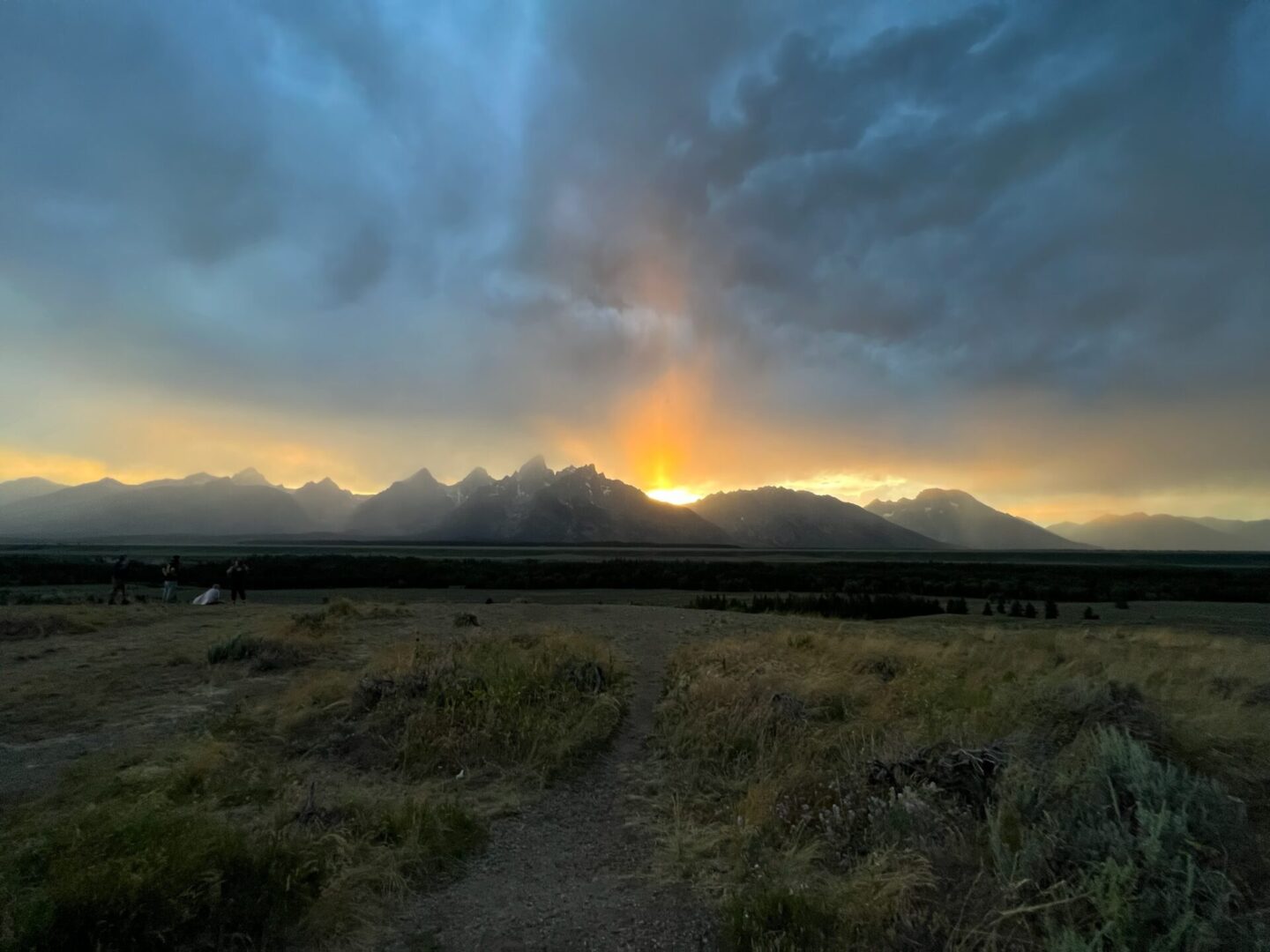
Introduction to Consciousness
Let’s be straight up. A discussion about consciousness can quickly be limited to what we know. There are the three known states: awake, asleep and dreaming. Under unusual circumstances it’s possible to lose consciousness—rendering us unaware. And then there’s the fields of Science, Psychology and Philosophy, each weighing in with their own opinions. Science mostly sees consciousness as connected to activity in the brain. Studies in Quantum Physics measuring sub, sub-atomic matter reveals some interesting results related to consciousness but resists calling it that because mathematically it can’t be proven. Psychology offers up the observations of Sigmund Freud and his three states of consciousness: conscious, preconscious and subconscious. And Philosophy has its theories too, but trouble defining them—again, citing a lack of proof.
I’m in agreement with all these ideas related to consciousness. However, the discussion we’re about to have cannot be limited to defining consciousness as awareness related solely to the input of our senses.
Which brings us to the horns of the dilemma—consciousness displays properties that can be seen, as well as those that are unseen. Through devices designed to enhance sensory input science has plumbed the depths of the physical world. From planets and galaxies far out in space, to sub, sub, sub-atomic matter that diffuses into waves and particles of light-energy. This knowledge, while truly astounding, remains limited to the observable aspects of consciousness. And leads to the presumption that if we can’t see it and can’t prove it, then it doesn’t exist, or at best, must be taken on faith. However, that doesn’t mean we are incapable of knowing and experiencing expanded states of consciousness, only that we need to direct our attention in another way.
From a perspective of its broadest definition, Consciousness is the intelligent light-energy from which all physical matter originates. Consciousness can be seen as a spectrum of awareness ranging from human self-awareness–all the way down to the inanimate. The highest state of Consciousness is a formless dimension that defies sensory detection, yet can be known through direct experience. Consciousness can then be defined as the intelligent light-energy that is simultaneously formless and physical and unites both dimensions as one.
Before going on, let me tell you a little about myself. I’m an ordinary human just like you. I’m not perfect, don’t claim to be all-knowing, and don’t possess any special gifts. For over 30 years I’ve been fortunate—though there were times when it didn’t feel that way—to experience an expanding awareness through discovering the unseen aspects of consciousness. In these articles, I share my experiences and some of the expanded insights that have come to me in the process.
I think it’s important to read this article and The Many Forms of Consciousness first to get a better feel for the subject matter. My Story follows the first two articles providing insight into my experiences through a journey of expanding awareness.
In The Many Forms of Consciousness, we start by exploring how our sensory awareness has expanded over the last 450 years. The discussion begins with the Scientific Revolution and how a greater understanding of our physical world led to an accelerating wave of technological advancements. Then we jump into some unseen properties of consciousness. Observing that while we are aware of the human developmental process and autonomic functioning, for example, what underlies these processes? In discussing the spectrum of consciousness, I include observations of its presence in nature, including living organisms and non-living elements. Finally, there’s a revealing discussion of the human maturation process and how it effectively limits our conscious awareness to the input of our senses.
In the fourth article, Can Expanding Our Consciousness Change Everything, I make the point that we are rapidly reaching a turning point. When the limitations of a sensory based consciousness will no longer sustain humanity in an environment of well-being. Intuitively, we sense this—people recognize the need for change. But working from a limited conscious awareness also limits our ideas for bringing about change. Examples like activism, voting and legislation, have the potential to effect change. But nothing like the change that comes from recognizing we have the power to expand our consciousness. This change is deeply transformational—impacting our individual lives, that of our communities, and the collective consciousness of the planet as a whole.
Coming up, the plan is for me to continue writing with future articles driven by your questions, comments and feedback. The idea is to take the information beyond a philosophical discussion to working on expanding awareness that is true for you based on your direct experience. I want this to be a place where, as equals, we can share and support each other on a path of discovering our full potential.
Please reach out with your questions, comments and feedback.